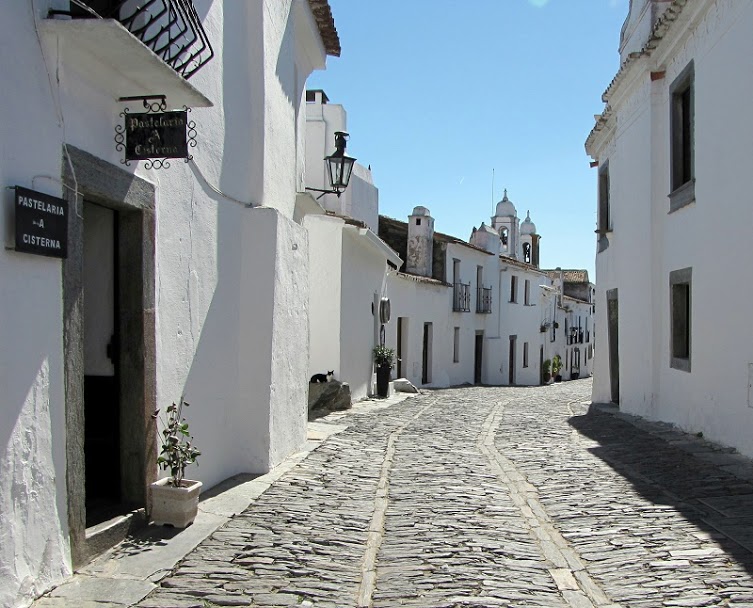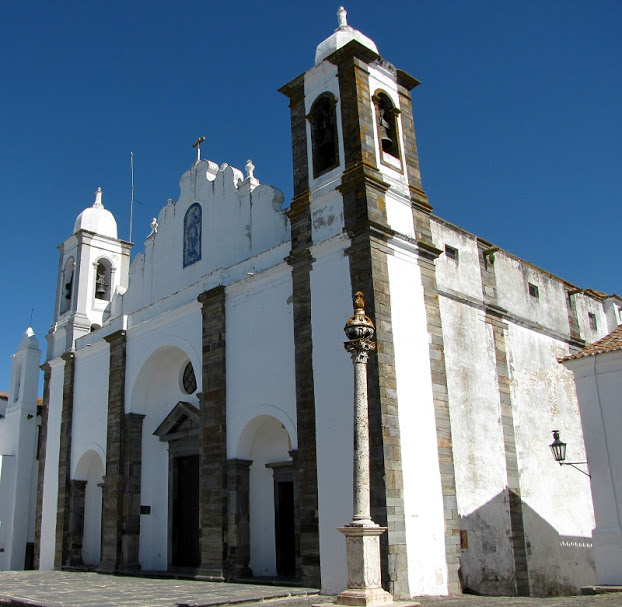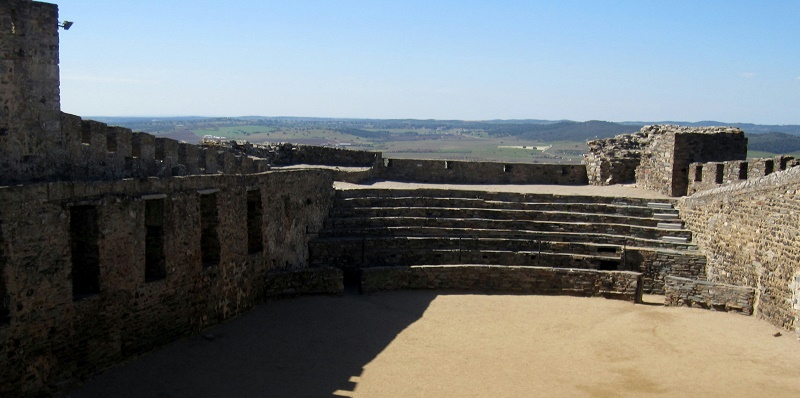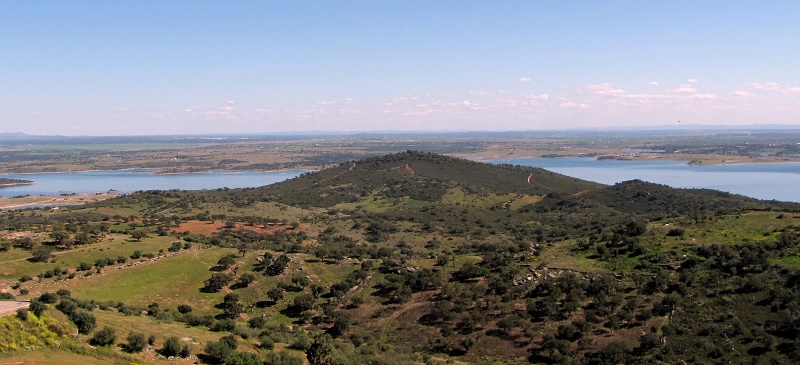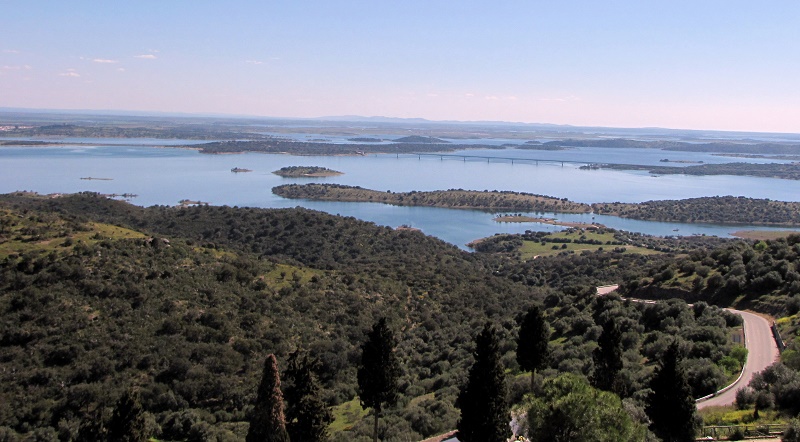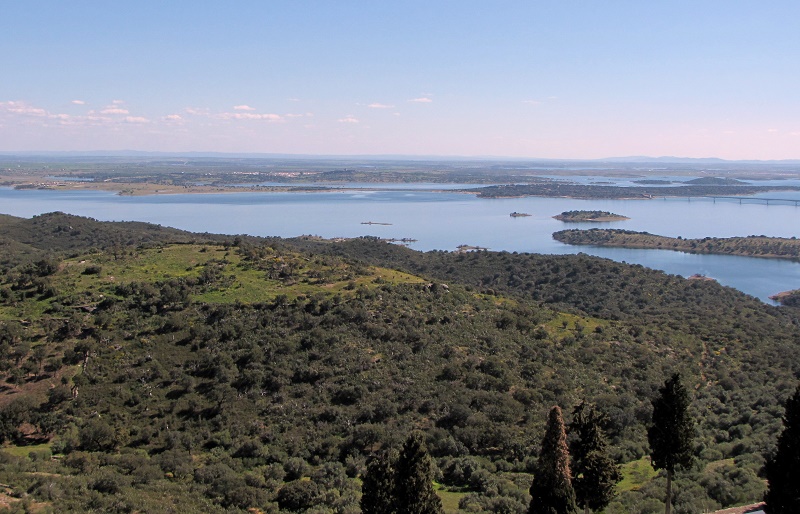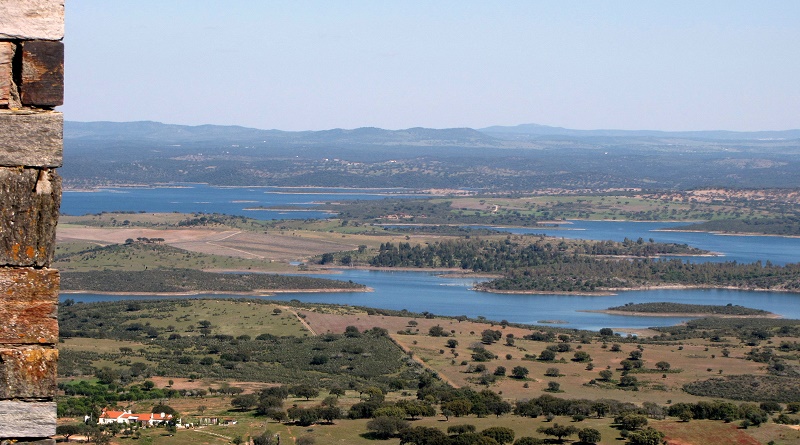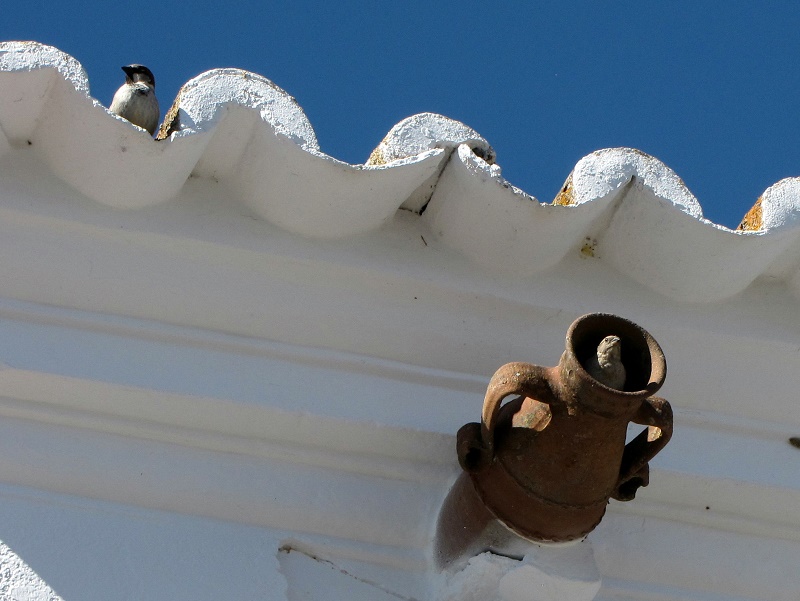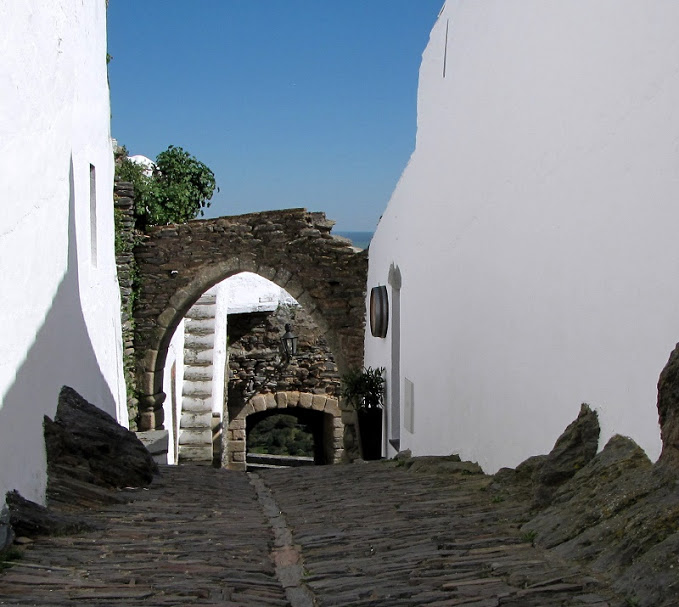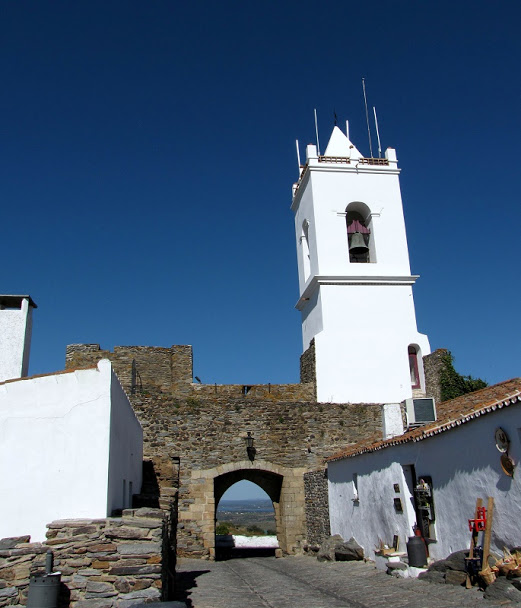Page 57 of 62
Re: "Catch of the day" from Algarve
Posted: Thu May 07, 2015 9:07 pm
by Mel
Iberico pork is for the rich and / or the posh where I live. Since I'm neither posh nor rich, I've never tried it before.

But maybe I should shed some Euros next time I come across it on a menu. You know I trust your judgement.

Love the stork! I still miss the breeding pair that used to nest basically right next to the road that leads to my school.
So, having them at close proximity when I look out of a window or pass by somewhere is always a highlight.

Re: "Catch of the day" from Algarve
Posted: Fri May 08, 2015 10:10 am
by Lisbeth
I have never seen Iberico pork anywhere apart from down there

Fa had it again the next evening in Évora, but it was not as good as the first one.
Re: "Catch of the day" from Algarve
Posted: Fri May 08, 2015 2:22 pm
by Pumbaa
Love the beautiful flowers, Lis

Great that meanwhile here there are lots of flowers and trees bloomy

Re: "Catch of the day" from Algarve
Posted: Fri May 08, 2015 2:30 pm
by Lisbeth
Not bad here either

...............once it is spring

Were you missed by the tornado, Pumbaa?

Re: "Catch of the day" from Algarve
Posted: Fri May 08, 2015 2:36 pm
by Pumbaa
Lisbeth wrote:Not bad here either

...............once it is spring

Were you missed by the tornado, Pumbaa?

No gladly not although it was very windy here and the rain came down in torrents but gladly only for one hour

But I saw the pictures of the city in Eastern Germany which had been missed by the Tornado in the News - It looked horrible

Re: "Catch of the day" from Algarve
Posted: Fri May 08, 2015 2:38 pm
by Lisbeth
Not quite normal having Tornados in Germany


Re: "Catch of the day" from Algarve
Posted: Fri May 08, 2015 2:40 pm
by Pumbaa
Lisbeth wrote:Not quite normal having Tornados in Germany


Definitely not

Re: "Catch of the day" from Algarve
Posted: Fri May 08, 2015 4:22 pm
by Lisbeth
Re: "Catch of the day" from Algarve
Posted: Fri May 08, 2015 4:27 pm
by Lisbeth
Due to its geographic position, the hilltop of Monsaraz always occupied an important place in the history of the municipality, having been occupied by different peoples since the pre-historical record. It is one of the oldest Portuguese settlements of the southern Portugal, occupied since pre-history,
Monsaraz was reorganized during the Roman occupation, but later successively occupied by the Visigoths, Arabs, Mozarabs, Jews, and, after the Reconquista, Christians loyal to Afonso Henriques. In the 8th century, Monsaraz fell under the dominion of Arab forces who occupied the Iberian Peninsula, becoming known as Saris or Sharish, and following the control of the Taifa of Badajoz (one of the more prominent Arab centres at the time). The name Monsaraz originates from the word Xarez or Xerez, the Iberian transliteration of the Arabic Saris or Sharish, for the Gum Rockrose (Cistus ladanifer L.), a plant that still today prospers in poor, dry, acidic slate-based soil that surrounds Monsaraz. The Iberian words Xarez/Xerez latter evolved to the Portuguese Xaraz and to the Spanish {Castilian) Jerez (the Spanish name for the sherry wine). The settlement that became Monsaraz, originated from the Monte Xaraz, a fortified hill surrounded by Gum Rockroses. It is natural position, the highest hill in the area and proximity to the deep Guadiana valley, made it a location of strategic importance.
Gum Rockrose
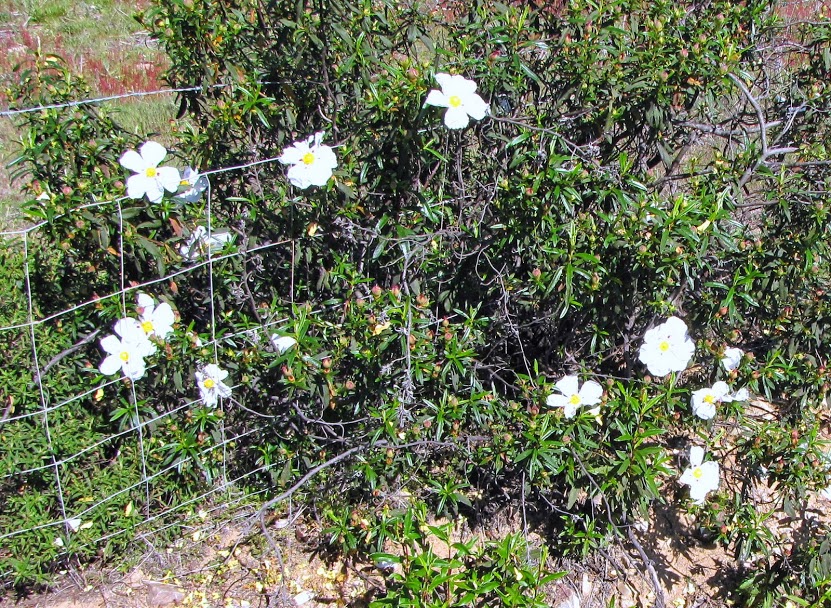
In 1167, the Castle and medina was taken by Geraldo Sem Pavor, in an expedition that came from Évora (which had just been retaken, about the same time). After, Afonso Henriques' defeat in Badajoz, Monsaraz was once again taken by Muslim forces. In 1232, supported by the Knights Templar, King Sancho II definitively retook the citadel and town, placing it under the control of the Templars, and obligating them to establish a garrison that would protect the border.[3] The Christian repopulation of Monsaraz ended around the reign of Afonso III, when it was assigned an alcalde, the knight Martim Anes, and first letter of foral.
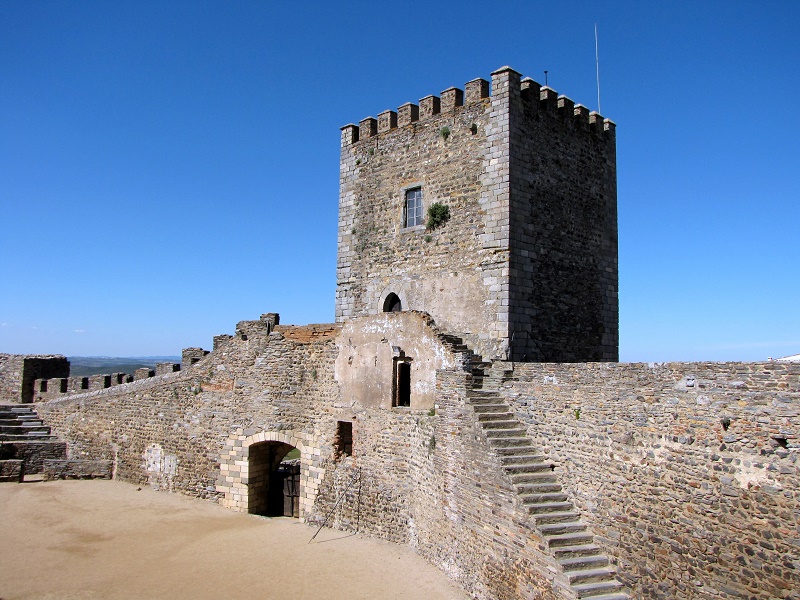
In 1263 it was already an important fortress, being the head of a municipality, with large privileges. The local economy was fundamentally based on agriculture and livestock, existing some small artesnal industries producing terra cotta earthenware and hammered copper.
After the Portuguese Interregnum (1383-1385), the town of Monsaraz was integrated into the dominions of the House of Braganza under Nuno Álvares Pereira. By 1412, it is inherited by Fernando, his son, becoming one of the more precious profit centres in the Ducal estates.
In 1512, King Manuel of Portugal issued a foral (charter) to the Vila de Monsaraz, reformulating the public and jurisdictional administration of the municipality.
The demographic crises created by the plague forced the Duke of Bragança, in 1527 to carry out small land reforms in order to promote the settlement Monsaraz. The small plots were established in the area surrounding this village.
Following the Portuguese Restoration War, in 1640, the castle received new tactical defenses, that included a new walled bastion, that allowed the city-fort to be integrated into the system of defences that connected Elvas, Juromenha, Olivença and Mourão.

Re: "Catch of the day" from Algarve
Posted: Fri May 08, 2015 4:32 pm
by Lisbeth





